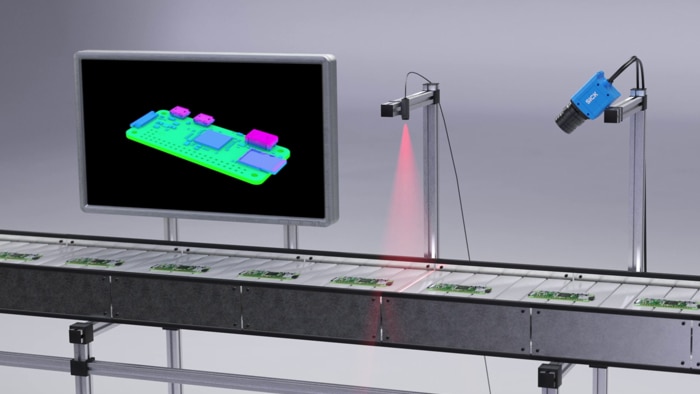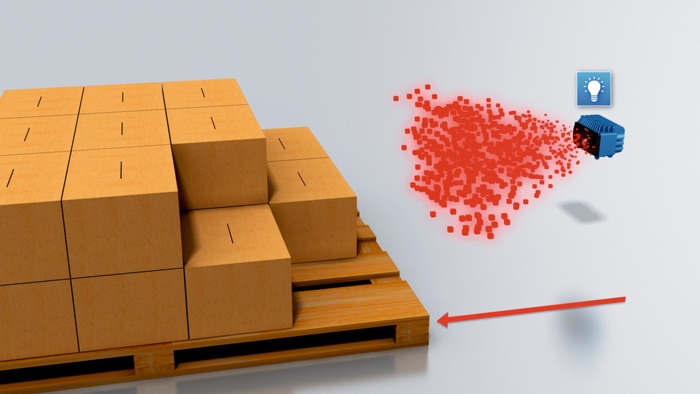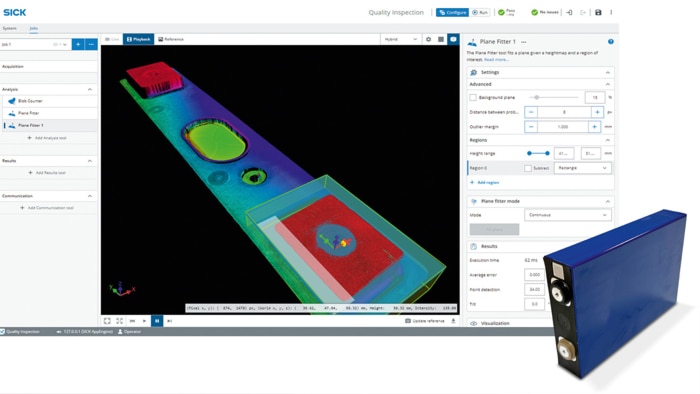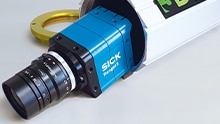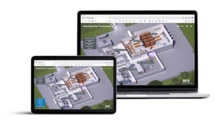Recent years have seen significant progress being made in the field of machine vision. Solutions are becoming more affordable and thus more economically viable. They have the potential to significantly improve the efficiency of industrial applications. Increasing competitive pressure, a shortage of skilled workers, high quality standards and the need to manufacture customized products in shorter cycles have all made production automation a goal worth trying to achieve. The corresponding technologies are solutions that use optical sensors and machine vision tools to perform tasks such as quality control or transmit coordinates and position data to a robot.
Powerful vision technologies enable precise object capture and analysis in real time. This leads to improved product quality, lower error rates and optimized processes. Further benefits include increased yield, throughput and customer satisfaction, as well as reduced resource consumption.
2D VISION TECHNOLOGY: WHAT IS IT?
2D vision solutions lay the foundation for many industrial automation processes. A major advantage of 2D technology is the precise detection of patterns and contrasts on differently shaped object surfaces, as well as the accurate detection of irregularities and defects. 2D solutions are particularly useful when the information lies in the difference in contrast. This technology is currently very widespread. 2D vision is intuitive and highly flexible: different types of light sources can be used to optimize the performance of the vision solution. This allows 2D vision cameras to accurately capture the desired object properties.




